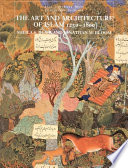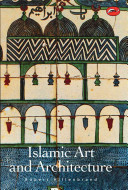The Art And Architecture Of Islam 1250-1800
Sheila S. Blair , Jonathan M. Bloom ; Founding Editor Nikolaus Pevsner.
Overview
They discuss, for example, how the universal caliphs of the first six centuries gave way to regional rulers and how, in this new world order, Iranian forms, techniques, and motifs played a dominant role in the artistic life of most of the Muslim world; the one exception was the Maghrib, an area protected from the full brunt of the Mongol invasions, where traditional models continued to inspire artists and patrons. By the sixteenth century, say the authors, the eastern Mediterranean under the Ottomans and the area of northern India under the Mughals had become more powerful, and the Iranian models of early Ottoman and Mughal art gradually gave way to distinct regional and imperial styles.





